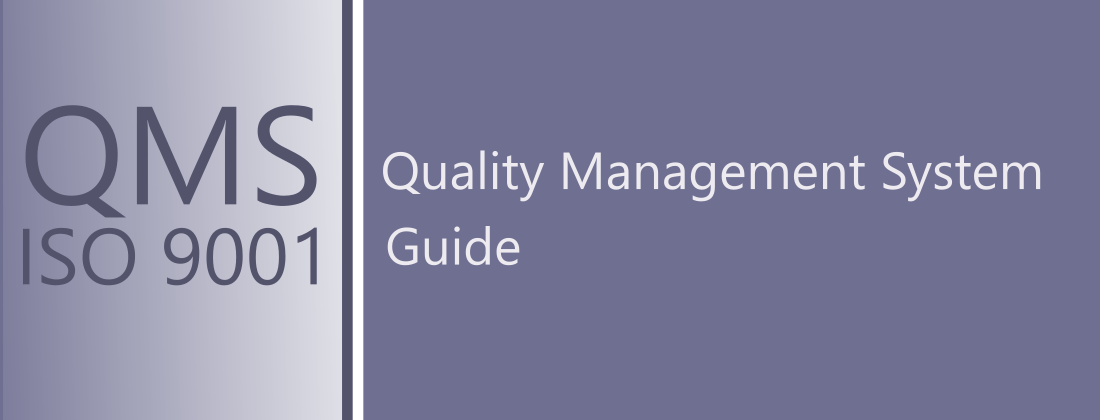Quality management system guide – How to implement ISO 9001: 2015?
To be able to use information about problem effectively (i.e. nonconformities) , we need to remember a few things:
- people do not have the habit of saying they have generated a problem – to avoid responsibility,
- people report a problem only if they can avoid responsibility,
- problems pile up and generate new problems (1 problem generates at least two more, and another two generates few new one, and so on),
- if we ask an employee if he has a problem, he will always answer that he does not, but others disturb him by generating problems, and he has to deal with them (heroically, of course).
So, to be able to manage problems and use them effectively, we need to take a few steps!
Step one – problem reporting culture
The first step is to build a culture that lets our employees know about problems.
Normally, when someone makes a mistake, he is punished for it, even if he admitted it. Superiors impose penalties to set an example that you must not make mistakes. This behavior causes simple reaction:
“I will not report any problems, I will solve them myself,
otherwise I will be punished for it! “
The effect of this is that my co-workers do not know about the problems and when they encounter the same problem (and they will):
- also do not admit,
- will believe that no one else knows the solution,
- hence they will waste time finding a solution.
To change the PUNISHMENT POLICY FOR ERRORS, it is necessary to change the approach to problems and to punish them.
- we do not punish for making a mistake – if the employee made a mistake and reports it himself, we thank him for it.
- everyone is allowed to make the same mistake once – if he makes it a second time – we admonish, the third time – we punish SEVERELY
ATTENTION:
If an employee is caught in error and did not admit it, we punish him severely!
Step two – problem base
We need to build a database in which information about problems will be saved and collected. The database must meet the basic criteria:
- must be easy in life
- it must be quick and easy to enter the information there
Email is a great solution. Most employees will write an e-mail to the manager in case of any problems, so that it does not turn out that they are the problem or that they have generated the problem (class e-mail: protect yourself).
It can also be a simple service desk: Readmin or OTRS. It is important that the medium can find information about the problem and how to solve it, and that this information can be distributed to the rest of the staff in the company.
Step three – an example from above
Leadership by example is essential! Managers have to report their problems themselves .
Remember that your subordinates do what you do, they observe and follow you!
When we implement the above, it turns out that employees begin to report problems and solutions!
It is important to remember the golden rule:
- Each problem is important to the Submitter!
- We have to write back to each reporting person with the information on how the problem reported by him was considered, whether there was a need to take remedial actions, what remedial actions were taken, if not taken because there was no such need – justify!
- Of course, thank for reporting the problem!
Then everyone will feel appreciated and needed!
By applying the above, the organization will start to learn, it will be seen that the processes are running more and more efficiently and there are less and less disruptions. The process will take about two years, you will see the first results after a quarter.




